-
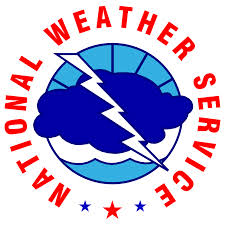
The National Weather Service has posted their latest YouTube video showing the weekly weather briefing from November 2. This is a regular video production and very useful if you want a look ahead to the next seven days of weather. You can view it at https://www.youtube.com/watch?v=TYswZO9uEQ8&feature=em-subs_digest.
Posted in: Climate outlooks -
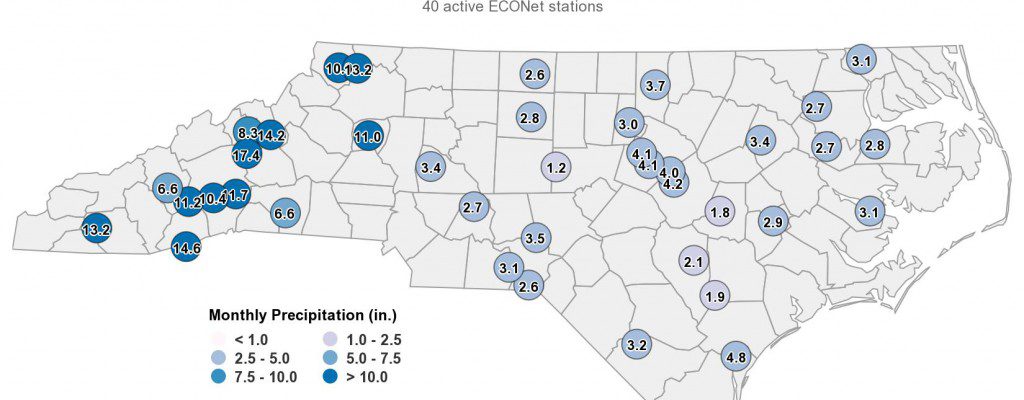
The latest monthly climate summary for North Carolina is now available at https://climate.ncsu.edu/climateblog?id=245&h=5666e5c1. It features observations from their ECONet stations, the local meso-network of automated monitoring stations.
Posted in: Climate summaries -
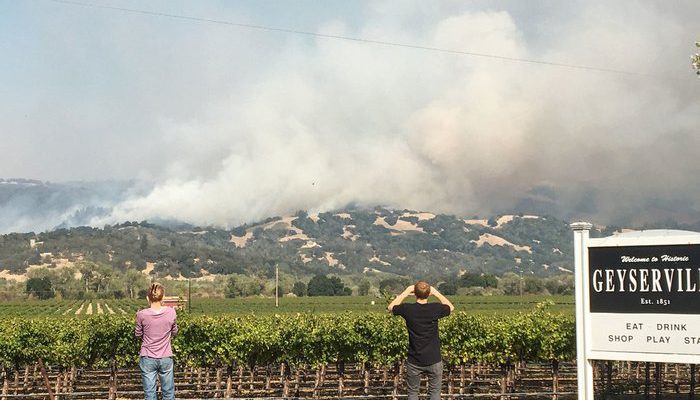
Global Weather & Climate Center has a good short summary article about the impacts that weather and climate have on wine production. It is a compilation of information from Forbes, Journal of Wine Economics, the Denver Post, and Earth magazine. You can read it at https://www.globalweatherclimatecenter.com/climate/weather-climate-and-wine-forbes-journal-of-wine-economics-the-denver-post-earth-magazine.
-
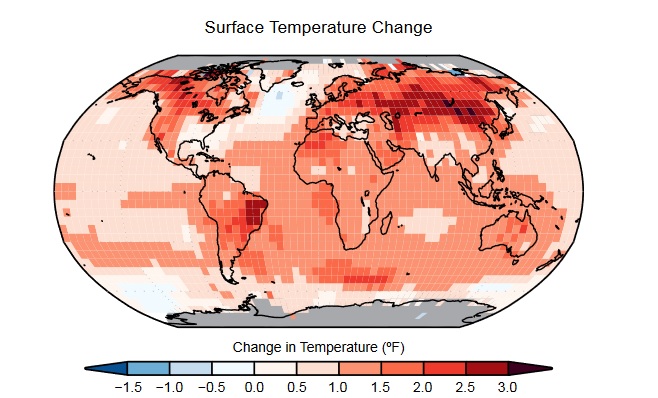
A massive new report published by the federal government on Friday looks at causes of warming climate and concludes that it is mainly caused by humans rather than due to natural causes like solar variability. As you can imagine, there have been a number of stories published in the news describing these results. Here are…
-
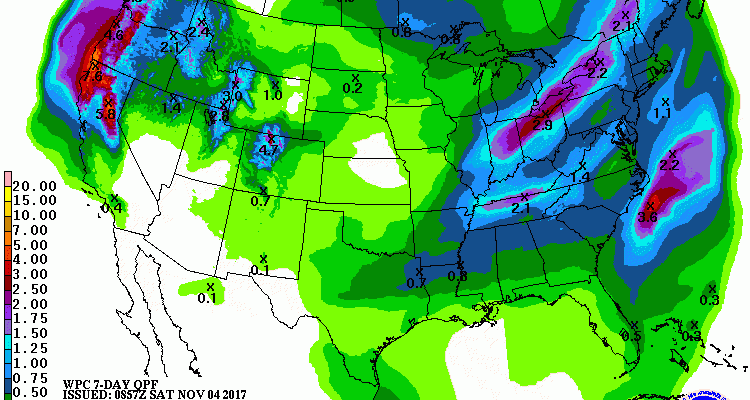
The latest 7 day QPF map shows that we will get light amounts of rain this week. For most of the region, that means less than 0.75 inches. After a mostly dry weekend, rain amounts should be heaviest Tuesday through Thursday but again, total accumulations will be light for most folks. Heaviest amounts will be…
Posted in: Climate outlooks -

The latest climate outlooks for November and for the November through January period show a classic La Niña signal across the Southeast, with warmer than normal temperatures across the region but most likely along the southern coast, and drier than normal conditions also expected as the subtropical jet moves north into the Ohio River Valley.…
-

The Washington Post published a hopeful article earlier this week about the ozone hole over Antarctica, which has been shrinking ever since chlorofluorocarbons (CFCs) and related chemicals were banned from use as refrigerants. This year the ozone hole is the smallest it has been since 1988. It was the largest in 2000. The presence of…